In an age before smartphones, landline phones were at the heart of every household. They weren’t just communication devices; they were family institutions. These phones, often found in the kitchen or living room, brought people together, creating cherished memories and unique habits. For those who grew up before the year 2000, using a landline was more than just a way to make a call—it was an experience. From the sound of a dial tone to the frustration of a busy signal, each interaction was filled with its own quirks and nuances.
1. The Rotary Dial Challenge
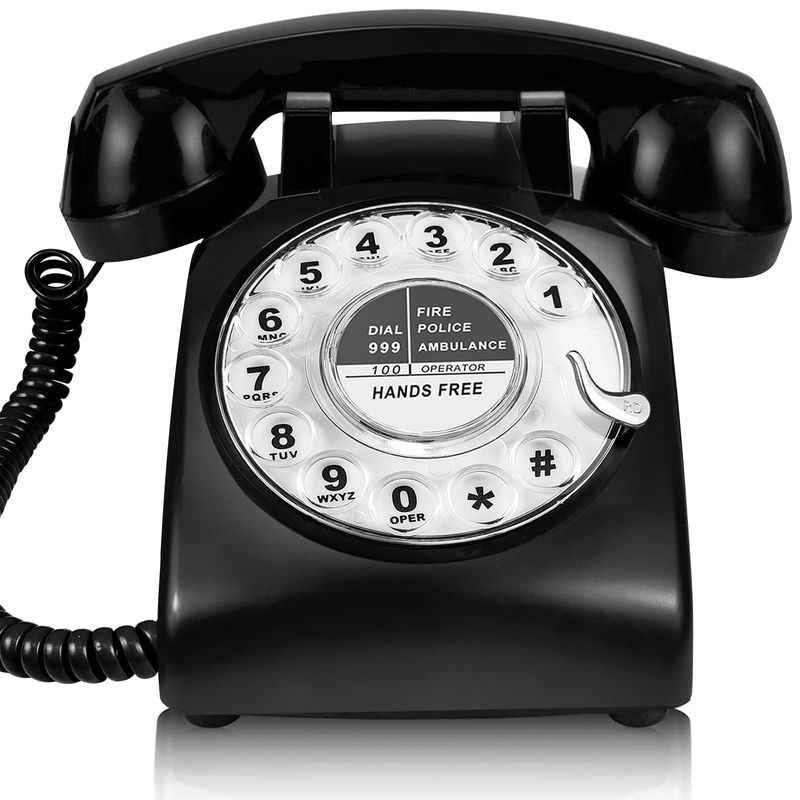
Back in the day, dialing a number on a rotary phone was an art. With each turn of the dial, you’d watch the wheel spin back to its original position. This slow process could test anyone’s patience, especially when dialing long-distance numbers. Children often found it amusing to watch their fingers slip as they tried to complete a call.
The tactile experience of the rotary dial is something smartphones can never replicate. Add to that the sound of each click as the dial rotated back, and you had a truly satisfying experience. It was a unique kind of joy, now relegated to nostalgia.
2. Memorizing Phone Numbers

Remembering phone numbers was a skill everyone had. Before smartphones stored thousands of contacts, you relied on your memory or an address book. Most people knew their friends’ numbers by heart.
This was especially true for emergency contacts or your best friend’s number. It was a badge of honor to rattle off a string of digits without hesitation. Memorizing numbers wasn’t just practical; it was a necessary part of social life. The mental exercise helped maintain sharp memory skills, now replaced by digital convenience.
3. Shared Family Phone
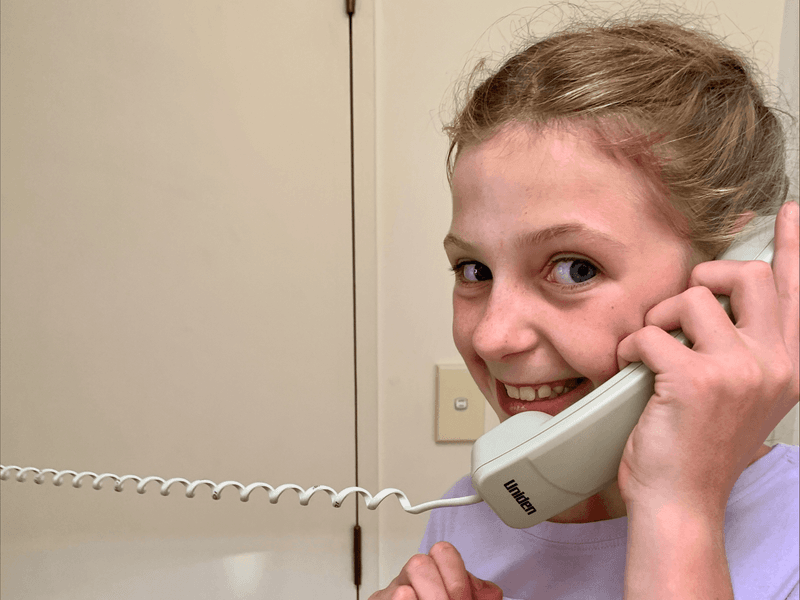
The family phone was a communal device, usually placed in a central location at home. Everyone shared the same line, which often led to interesting situations. Taking turns to use the phone meant being considerate of others.
You’d hear phrases like, “Get off the phone! I need to make a call!” Privacy was a luxury, not a given. Conversations were sometimes overheard by siblings or parents, adding to the household dynamics. Despite the lack of privacy, these shared moments often strengthened family bonds.
4. Answering Machine Dynamics
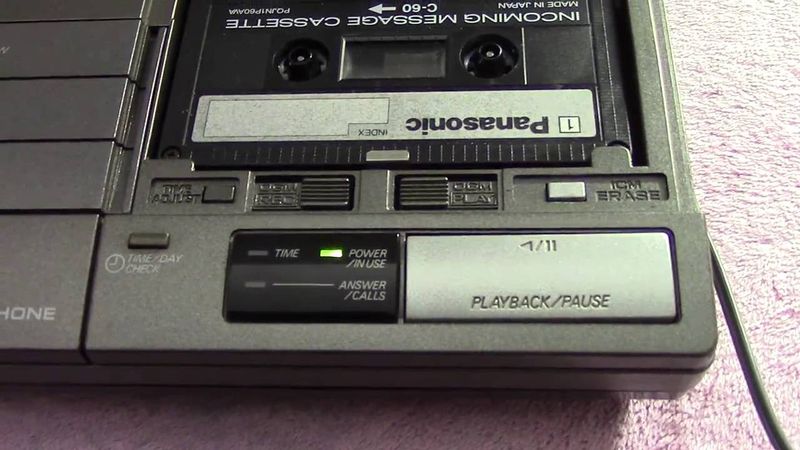
Answering machines were the voicemail of the past. The excitement of seeing a blinking light indicated you had messages waiting. Listening to messages was an event, often done by everyone in the household together.
The whimsical practice of recording personalized greetings showcased creative personalities. Some spent hours crafting the perfect message. Others enjoyed the humor in playback errors. The machine’s tape would sometimes go missing, leading to small household adventures in search of it.
5. Corded Phone Conversations
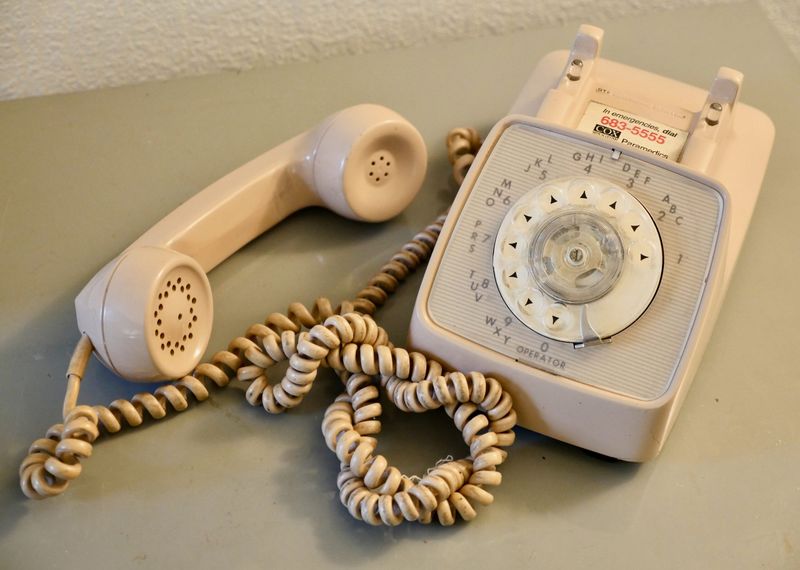
Corded phones brought people closer, literally. With cords that could stretch across rooms, they allowed for private conversations in shared spaces. Navigating a cord around furniture was a skillful maneuver.
These phones limited mobility, often tangling up users who wandered too far. Yet, they were the epitome of homebound chit-chat sessions. The joy of long, uninterrupted talks was worth the inconvenience. The tactile nature of the cords added to the charm and coziness of the era.
6. Busy Signal Frustrations
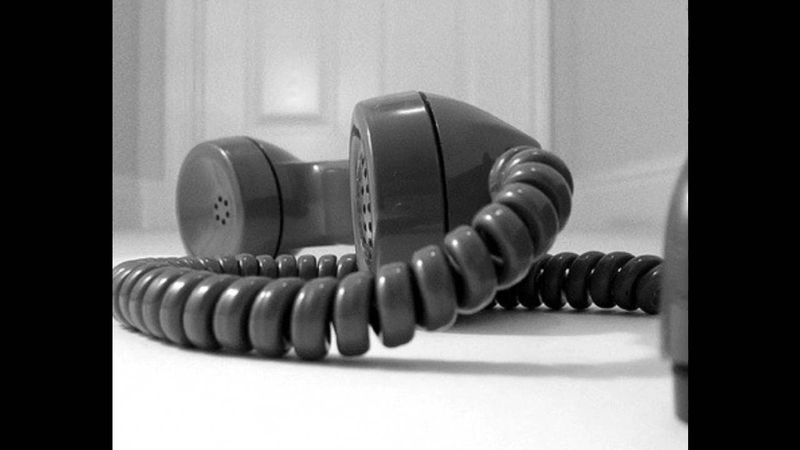
Waiting for a call only to hear a busy signal was a common frustration. Before call waiting, a busy tone meant someone else was on the line. The repetitive beep was both annoying and disheartening.
You’d have to hang up and try again later. Patience was key, as this tone often disrupted plans or important conversations. This auditory experience is almost extinct in today’s digital world. It was an exercise in patience and a reminder of the limitations of technology then.
7. Phone Book Browsing
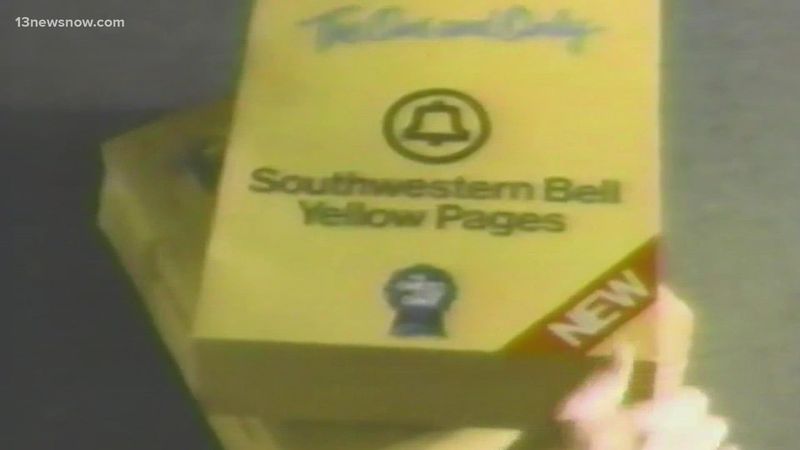
Phone books were the original search engines. Flipping through pages to find a number was a common task. These hefty books were household staples, often doubling as booster seats for children.
The directory held a treasure trove of information, from emergency numbers to pizza delivery services. Navigating its tiny print was an exercise in patience and precision. Today, the phone book’s tactile experience is replaced by digital searches, but the nostalgia remains.
8. Prank Calls
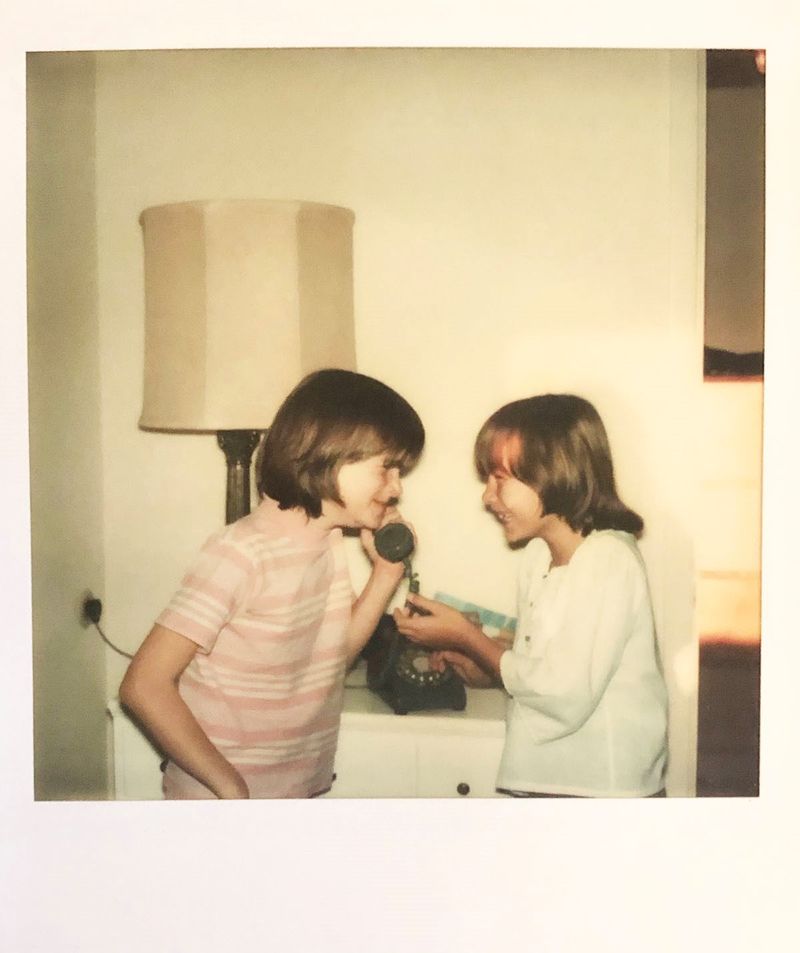
Prank calls were a mischievous pastime. The thrill of dialing a random number and concocting a silly scenario was irresistible to many. With no caller ID, the fear of getting caught was minimal.
From asking if your refrigerator was running to other harmless jests, these calls were a source of laughter and creativity. Prank calling was a right of passage, a way to test boundaries and have fun. The advent of caller ID has since curtailed this carefree activity.
9. Operator Assistance
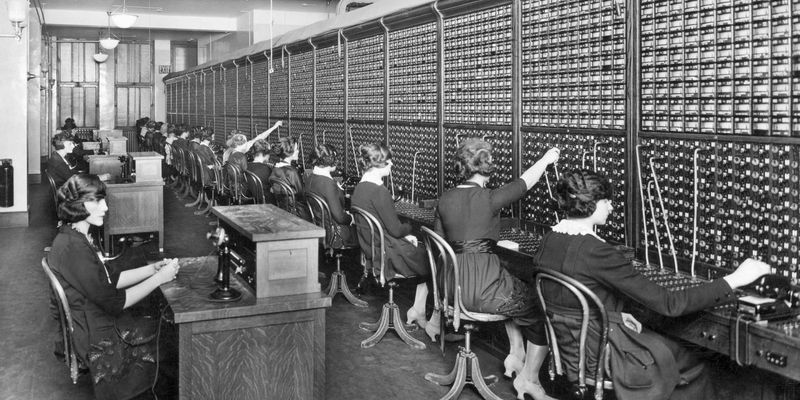
Operators were the Google of the past, providing directory assistance and connecting calls. Want to find a number or be connected to a specific department? Just dial “0.”
These helpful individuals were a vital part of the phone experience, offering support and guidance. The personal touch of speaking to an operator added a layer of human connection. Today, automated systems have replaced this interaction, but memories of friendly operators endure vividly.

Well, hello there!
My name is Jennifer. Besides being an orthodontist, I am a mother to 3 playful boys. In this motherhood journey, I can say I will never know everything. That’s why I always strive to read a lot, and that’s why I started writing about all the smithereens I came across so that you can have everything in one place! Enjoy and stay positive; you’ve got this!

